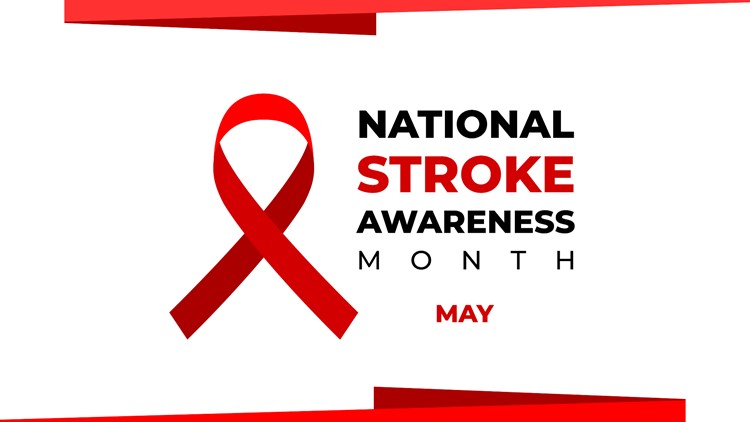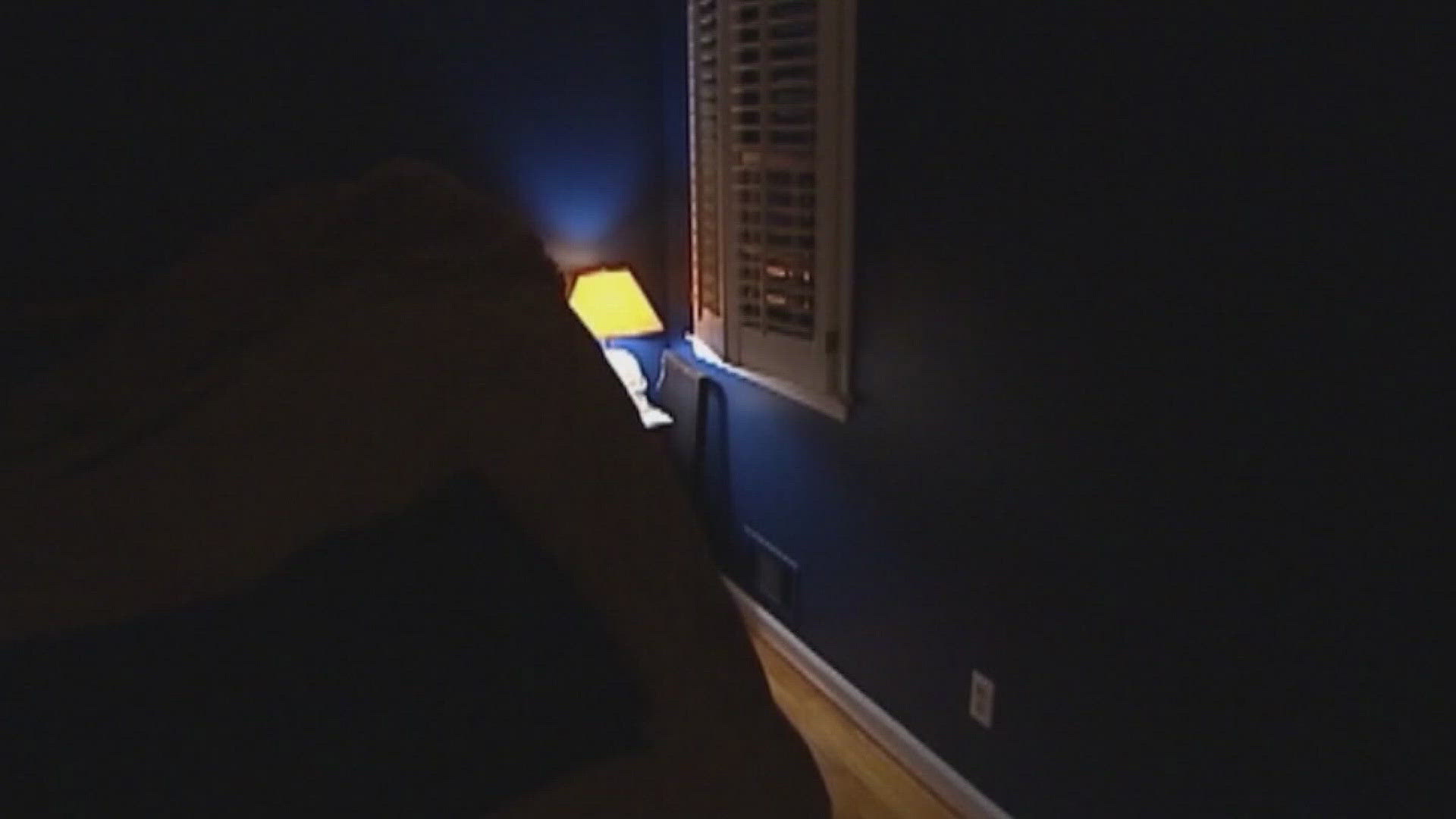INDIANAPOLIS — May is National Stroke Awareness Month, but do you know the signs and symptoms you should be looking for? A simple acronym, BE FAST, could make all the difference.
Franciscan Health wants people to know B-balance E-eyes F-face drooping A-arm weakness S-speech T-time.
A stroke happens when a blood vessel to the brain is either blocked by a clot or bursts. It can leave lasting and debilitating effects and even cause death. In fact, stroke is the No. 5 leading cause of death. According to the American Stroke Association, someone has a stroke every 40 seconds and someone dies from a stroke every 3-4 minutes.
Black adults are 50% more likely to have a stroke compared to white adults, and Black women are two times more like to have a stroke than white women, according to the U.S. Department of Health and Human Services.
The first 60 minutes after a stroke is called the "golden hour." Treatment in this time improves outcome.
Here's what to remember with BE FAST:
- B - Balance: Does the person complain of dizziness or have sudden altered or unsteady gait?
- E - Eyes: Does the person have a sudden loss or change in vision?
- F - Face: Ask the person to smile. Check to see if one side of the face droops.
- A - Arms: Ask the person to raise both arms. See if one arm drifts downward.
- S - Speech: Ask the person to repeat a simple sentence. Check to see if words are slurred and if the sentence is repeated correctly.
- T - Time: If a person shows any of these symptoms, time is essential. It is important to get to the hospital as quickly as possible. Call 911. BE FAST.
Other stroke symptoms include:
- Numbness or weakness of face, arm, or leg, especially on one side of the body
- Confusion, trouble speaking or understanding speech
- Trouble seeing in one or both eyes
- Trouble walking, dizziness, loss of balance or coordination
- Severe headache with no known cause
Franciscan Health also has an assessment for your risk of stroke that you can take online.
For more information on stroke symptoms and resources, go to the American Stroke Association's site here.



